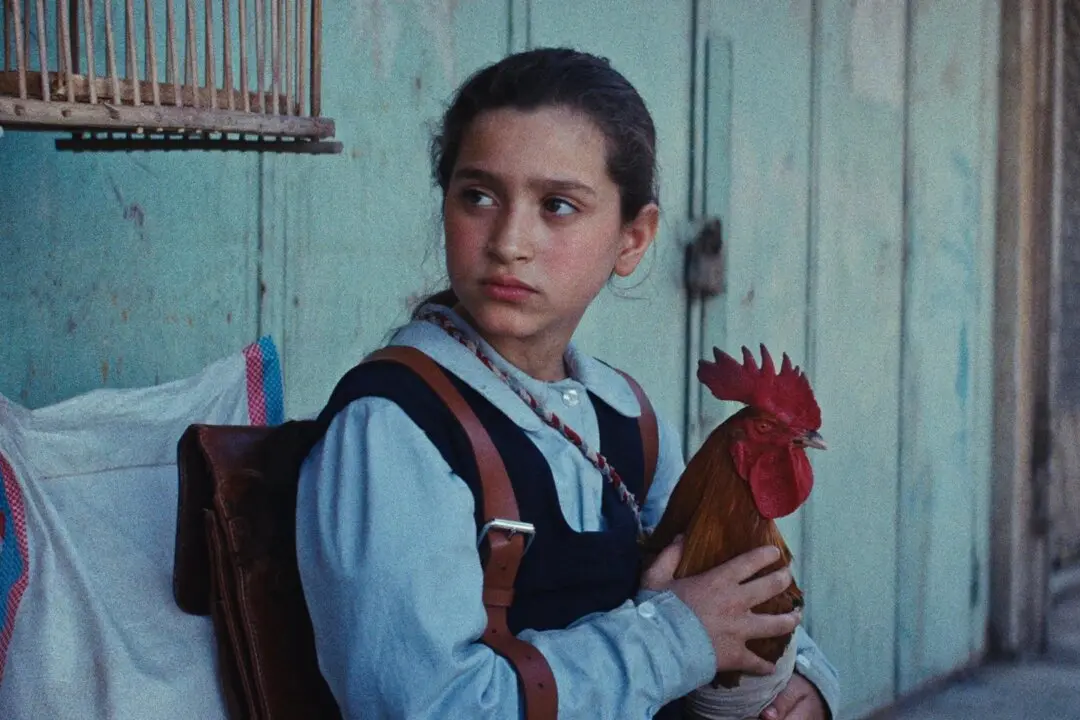Were it not for Kate Adie and her colleague at the BBC, we would have far less footage of the Tiananmen Square Massacre. They made five copies of their eye-witness recordings, four of which were intercepted by customs. Had the fifth copy also been confiscated, it would have been much easier for the Chinese Communist Party to deny their crimes. The advent of handheld devices and cloud storage made it harder for the Party to censor information regarding the 2019 and 2020 Hong Kong protests against the Mainland extradition law and for universal democratic reforms.
There is a wealth of primary sources recorded by journalists and filmmakers embedded within the protests, documenting events as they happened. That was especially true of two of the most controversial incidents of the protests: the Hong Kong police’s violent siege of Hong Kong Polytechnic University and the occupation of the Legislative Council (LegCo) chamber by student protesters.




